Fighting The French & Indian War On The Tabletop: Part One – The Conflict Builds
December 7, 2015 by crew
Welcome to a new article series on the North American conflict known as the French & Indian War with a additional look at the larger Seven Years War. This article series will explore the reasons behind, actions taken during, and the consequences of the war including the iconic figures involved.
Introduction To The Conflict
The system I’ll be using for the French and Indian War is Muskets & Tomahawks from Studio Tomahawk. Gaming in the French and Indian War era gives us a chance to paint up those cool looking miniatures of the period without needing to commit to a large project or spend too much time getting them ready for the tabletop.
The French & Indian War is the name given to the North American Theatre of the larger conflict known as the Seven Years War. For our purposes the French Indian War is defined by all actions, events and incidents occurring in North America between the time of the Battle of Jumonville Glen and the signing of the Treaty of Paris that occurred from May 28th 1754 to February 10th 1763.
The French and Indian War has different names such as the Fourth Continental War or the War of Conquest (La guerre de la Conquête) as well as being referred to as a smaller part of the overall Seven Years War. As this article will be touching on a historical period different to our own it is worth mentioning the following two points.
Firstly I will not be judging cultures, countries or practices based on modern standards. What will be done is compare these factors to one another in the ways that they clashed, interacted and effected one another with no condemnation or praise.
Secondly I make no apologies for any offence taken to any language presented in these articles. I will not use terms seen as racist, offensive or otherwise offensive however I will not change direct quotations or references from sources to accommodate for this. I will not change names of people, places or events - an example of this is the use of the word Indian in the French and Indian War rather than the word Native American.
The Conflict Brews
With the growing French and British colonies in North America land that was unclaimed by either side was becoming smaller. One of the few remaining pieces of land that was not claimed by either of the major powers was Ohio Country and it would allow France to join the Colonies of Canada up with the French Colonies in the southern part of the continent.
To the British the Ohio Country represented their only means of westward expansion and to both sides denying the area to their opponent would make the difference between a French America and a British America.
The Ohio Country however was inhabited by Native Americans of many tribes including the Shawnee, Omaha and Ponca who had been driven to the area after a conflict known as the Beaver Wars with tribes of the Iroquois Confederacy.
During the first half of the 18th Century migrating Native American Tribes began to populate the Ohio Country forming an issue for European powers wanting to move into the area. Native American tribes had relationships with both European powers by means of trade which they relied on for weapons and ammunition.
Before we leap into the War itself it is worth providing small introductions on the men we’ll be seeing during the early stages of the war.
The Half-King
The Native American leader named Tanacharison or Tanaghrisson (sources differ) was better known by his title The Half-King (This was a name given to others as well however for our purposes Tanacharison is The Half-King). The Half-King is believed to be have been born a member of the Catawba Tribe around 1700. He was taken as a captive when he was a child before being adopted by a member of the Seneca Tribe (Part of the Iroquois Confederacy).
The Half-King is known by that name because he didn’t have any official large scale authority being classified as either an envoy to the British or a local tribal leader. The Half-King accompanied George Washington as a guide and was a key member of the Battle of Jumonville Glen.
General Edward Braddock
Major-General Edward Braddock was the leader of the Braddock Expedition to capture Fort Duquesne (said Due-cain) and is famously known for his part in the Battle of the Monongahela. The Braddock Expedition was launched by General Braddock through the rough terrain of the Allegheny Mountains an action that will discussed in a later article and a good example of both succeeding and failing.
General Braddock introduced the concept of a British discipline and punishment regime to the provincial troops who were men from the colonies serving state units.
Captain de Beaujeu
Captain Daniel Liénard de Beaujeu was the commander of Fort Duquesne (not officially, but he was sent to relieve the current commander) and most famous for launching the attack known as the Battle of the Monongahela. Captain Beaujeu originally could not persuade the allied Native American’s, who made up approximately three quarters of the French force, to take part in the attack.
Captain Beaujeu took off his coat and painted himself in Native American war paint before approaching the Native American troops again who saw the act as a mark of respect and solidarity and agreed to join the fight.
Captain Beaujeu is best known for painting himself in war paint which was seen at the time as a radical move for a European let alone an officer who was a member of the upper-class aristocracy and shows how desperate Beaujeu’s situation was at the time of the battle. Captain Beaujeu encountered the leading elements of Braddock’s troops and was killed within moments of the start of the skirmish.
George Washington
George Washington was sent by the Lieutenant Colonial Governor of Virginia to present terms to the French requesting that they vacate the Ohio Valley. On his journey to the French position Washington was joined by The Half-King who acted as a guide. Washington delivered his demands which were rejected by the French who instructed Washington to leave.
Washington was sent to protect the building of a trading post in the Ohio valley but arrived too late with the French having driven off the men sent to build the trading post.
Under advice from the Half-King, who had located a group of French soldiers nearby, Washington lead his men into a skirmish known as the Battle of Jumonville Glen which is generally accepted as the start of the Seven Years War and the French & Indian War. Washington’s experiences during the war were a key factor in his role during the revolution and subsequent presidency.
The Jumonville Brothers
Ensign Joseph Coulon de Villiers, Sieur de Jumonville, was a French officer whose death sparked the French & Indian War. Jumonville’s mission is not clear with the French claiming he was a diplomat sent with a message for the British and the British claiming he was a spy. His official mission was to scout the area near the fort.
After being discovered by Native American scouts Jumonville’s party engaged in a battle that is a quagmire of conflicting accounts such as who fired first or how Jumonville died.
The most often accepted version of events is that Jumonville’s party was ambushed by Washington’s party and after a fifteen minute battle Jumonville was captured. Jumonville was then allegedly killed by The Half-king who famously is credited with saying "Tu n'es pas encore mort, mon père!" (Thou art not yet dead, my father) before he killed Jumonville with a Tomahawk.
Jumonville’s older brother Louis Coulon de Villiers left the fort immediately and engaged Washington at The battle of Fort Necessity where Washington surrendered. Louis added a clause to the terms of surrender, which was written in French, in which Washington unknowingly admitted to ‘assassinating’ his brother.
I hope you’ve enjoyed this article and I hope you’ll join me in the rest of them as we explore the French & Indian War together. Leave comments below if you have any questions and stay turned for the next article on Jumonville Glen, Fort Necessity and a look at the variety of tactics used during the period.
Happy Gaming and Thanks for Reading...
If you would like to write an article for Beasts of War then please contact me at [email protected] for more information!
"During the first half of the 18th Century migrating Native American Tribes began to populate the Ohio Country forming an issue for European powers wanting to move into the area..."
Supported by (Turn Off)
Supported by (Turn Off)
"Washington’s experiences during the war were a key factor in his role during the revolution and subsequent presidency..."
Supported by (Turn Off)









































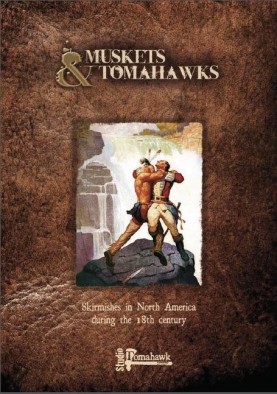
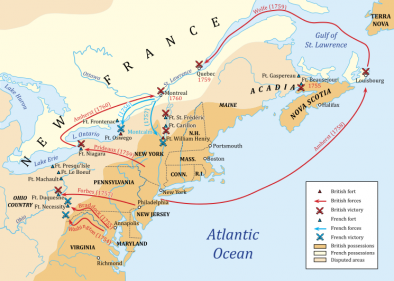
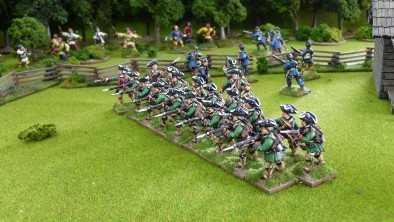
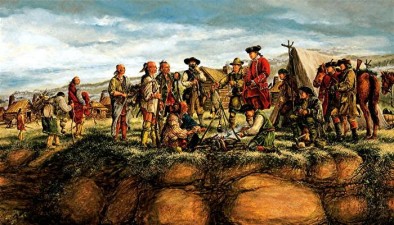
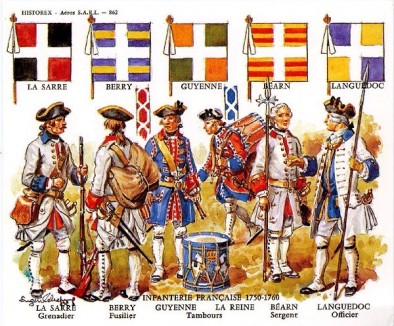
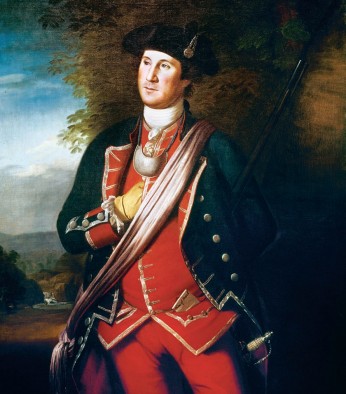
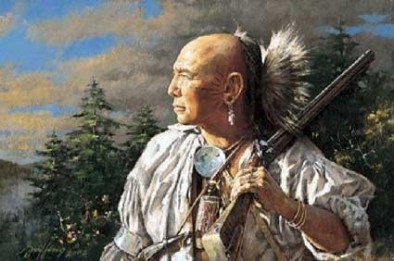
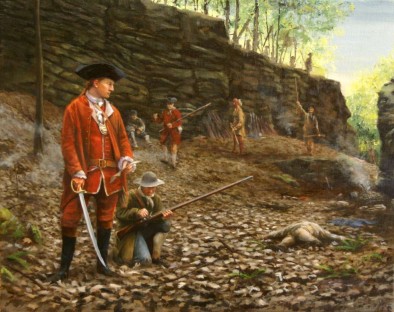


































Great article, I really look forward to reading the other parts.
I’ve always been interested in this period and I’ve bought the Muskets and Tomahawks rules, now I have the inspiration to start painting the miniatures.
I’m really looking forward to this series. Both the time period and Muskets and Tomahawks are of keen interest to me. My parents took me to one of the forts in upstate NY when I was a child. Lots of local history here it’s exciting to revisit.
Great article!
Excellent, always a period that interested me, and I think that’s the ruleset my mate has just picked up. Looking forward to the next part.
An interesting era to play
French & Indian conflict?
That sounded like a historical oddity until I realised (with my politically correct mindset) it meant the French & Native American conflict…
No offense taken btw… nice article!
Interesting character Washington, not quite the shining beacon of honour and justice that his modern depiction insists upon (certainly in the popular media). As ever, real people are more complicated than they first seem… Was Tanaghrisson acting of his own accord when he murdered Jumonville? I very much doubt it. The idea that an impetuous officer like Washington was simply trying to apprehend or confront French spies is absurd – Fort Necessity itself was built as a watch post from which they could undertake clandestine operations just like dozens more forts across the territories. Watch and listen, but the true… Read more »
Very informative well balanced and very readable well done.
Great article. But I think you have to view the conflict as part of a major world war
indeed, the nine year long Seven Years War – very, very interesting period.
Maybe I will in some later Articles but with so much going on in the FIW I’d be really cramming things into what would end up being a massive series.
Good article I have been wanting to pick this up. I really like SAGA and it is by the same people so it is well worth a try.
Brilliant a great time for wargamers like AWI.
This is one of the conflicts that featured heavily in my childhood games. Shooting each other with long rifles made from bamboo poles clubbing each other with home made tomahawks and scalping your victims. Sweet innocent childhood memories.
I’m still fascinated by the period and have wanted to game it for quite a long time. Sadly it remains one of those unfulfilled projects that never got off the ground. I’m sure we all have them.
Bring on the next article
Nice article but could we caption the photos and paintings? I’d like to know the units, miniature range on the minis and the artists and subject on the paintings.
M&T is a nifty little rule set and my local group picked it up a few months ago and we’ve been having a lot of fun with it.
Quite interesting especially that my knowledge of the conflicts taking place in Northern America at that time is scarce. Waiting for more.
I really enjoyed thr article, especially the facts about George Washington and how this may have influenced his approach to fighting the British during the Revolutionary war.
I have read a lot of books about Washington and the Revolutionary War but your article has me thinking about doing more reading about Washington and his earlier war experiences.
Again I loved the article and look forward to more.
Glad you enjoyed it Washington had 4 major involvements in the war all of them failures. Firstly the Jumonville Mission then Fort Necessity then the Monongahela and finally a skirmish when his own troops were firing upon each other and he stood between them to get them to stop. he was mostly fighting native Americans on the Virginia frontier but he managed to make very powerful friends and get into politics early. His story during the Revolution from a commander in retreat with mutinous generals to the commander and leader he became his story is very interesting
Thanks for publishing this. I was thinking of getting into this history period after reading the article in December’s issue of Wargames Illustrated and wondering what else I could use my KOW terrain for….
One of the interesting things about this conflict is that it is a theatre in what is widely regarded as being one of the first world wars and involved most of what is now considered “western civilisation”, including north, central and south America, parts of Africa, and of course Europe.
Having lived in this area of western Pennsylvania for 2 years I really enjoyed this article, and found it very informative. I have visited Braddock’s grave and Fort Necessity multiple times and always enjoy seeing the reenactments and reading up on the history of the battle.
Definitely a great article and a great start to the series. 🙂 As a gamer and writer in the American Revolution, the French and Indian War is always: “that prequel I never got to watch” 🙂 … i.e., I know a little but definitely excited to learn a lot from the articles in this series. Thanks for specifying that Washington (21-year old major at the time) “unknowingly” confessed to the death of Jumonville. I have read similar accounts that in order to be released / paroled as a prisoner (common practice for officers at the time), Washington had to sign… Read more »
Personally, I think the war of Spanish Succession is probably closer to the first world war although the seven years war drew in non-European powers (Russia and the Mughal Empire) whereas the War of Spanish Succession just took place around the world but was limited to European powers and their colonies.
Great introduction to that special period of North American history. Even more so for someone from Europe being more common to the ACW period. The AWI and everyrhing affiliated really intrigues me. Very much looking forward to future articles.
Great Article. Looking forward to the rest of the series. I am an avid fan of colonial american history.